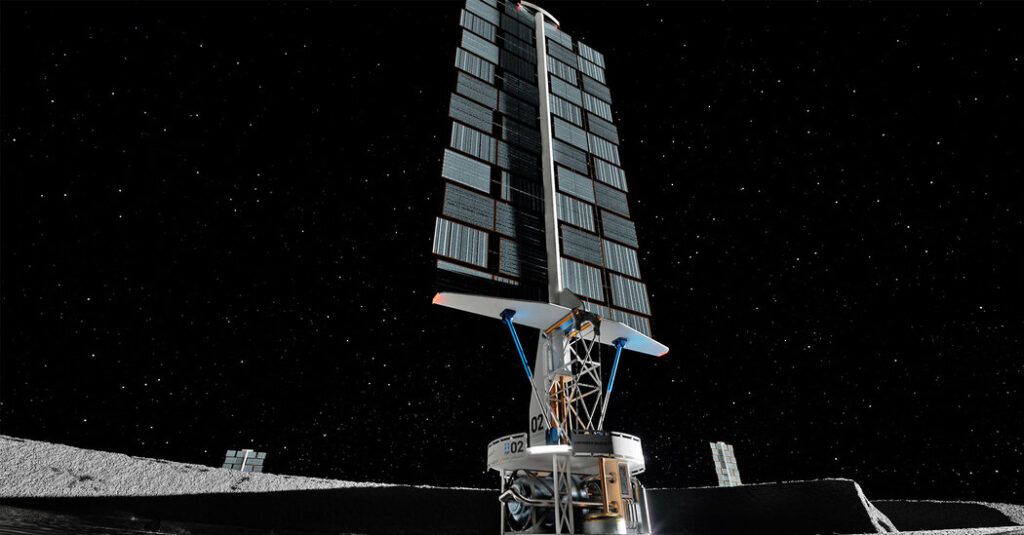970x125
Nuclear reactors have been generating power on Earth for more than 70 years. How hard would it be to place one on the moon to provide copious, continuous energy through the cold, dark, two-week-long lunar nights? And could that be accomplished in less than five years?
970x125
Sean Duffy, the secretary of transportation who is now also NASA’s acting administrator, called for just that last week: a reactor producing 100 kilowatts of electricity — enough to power about 80 households in the United States — that would launch to the moon before 2030.
Why put a nuclear reactor in space?
Nuclear reactor technology would transform the ability of humanity to travel and live in the solar system. Many of NASA’s robotic spacecraft today operate at power levels equivalent to what a few incandescent lightbulbs consume. That limits what scientific instruments can be put on board.
The International Space Station gets its energy from swaths of solar panels, but that is not practical for human habitats on the moon, where the cold, dark night lasts two weeks, or on Mars, where the sun is farther away and dimmer.
Nuclear reactors would also enable faster and more efficient propulsion systems.
Putting radioactive energy sources in space is not unusual. The Voyager 1 and Voyager 2 space probes, which are still operating after launching in 1977, are powered by plutonium, with the heat of natural radioactive decay turned into electricity. The plutonium heat initially generated 470 watts. In the decades since, the power output has dwindled to about 225 watts.
But the plutonium power sources on the Voyagers are more like batteries than nuclear power plants on Earth. Fission — the chain-reaction splitting of atoms like uranium — releases much more energy than solar panels and the power sources on the Voyagers.
Thank you for your patience while we verify access. If you are in Reader mode please exit and log into your Times account, or subscribe for all of The Times.
Thank you for your patience while we verify access.
Already a subscriber? Log in.
Want all of The Times? Subscribe.
970x125

